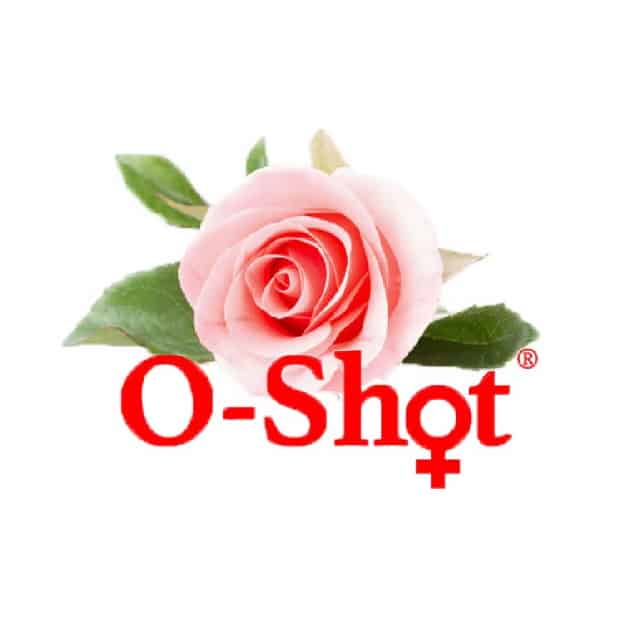Oxytocin Intense Orgasm in Boca Raton, FL
Oxytocin & Improved Sexual Functioning
The Magic of Oxytocin
Oxytocin has been best known for its roles in female reproduction. It is released in large amounts during labor, and after stimulation of the nipples. It is a facilitator for childbirth and breastfeeding. However, recent studies have begun to investigate oxytocin’s role in various behaviors, including orgasm, social recognition and bonding. This small nine amino acid peptide is now believed to be involved in a wide variety of physiological and pathological functions such as sexual activity, penile erection, ejaculation, and probably many more.
The scientific tale of love begins innocently enough with voles. The prairie vole is a sociable rodent, found in the woodlands of Europe and Asia, one of the only 3% of mammal species that appear to form monogamous relationships. Mating between prairie voles is a tremendous effort which takes almost 24 hours, following which they bond for life. They prefer to spend time with each other, groom each other for hours and afterward, nest together. They avoid meeting other potential mates.
However, another vole, a close relative called the montane vole, has no interest in partnership beyond one-night-stand sex. What is intriguing is that this major difference in behavior in two vole species, which are more than 99% genetically alike, is just because of a handful of genes, which affect their endocrine function.
Vole Story
The details of the vole story are fascinating. When prairie voles have sex, two posterior pituitary hormones, oxytocin and vasopressin, are released. If the release of these hormones is blocked, prairie-voles’ sex becomes a fleeting affair, similar to that normally enjoyed by their montane cousins. Conversely, if prairie voles are given an injection of the hormones, but prevented from having sex, they will still form a preference for their chosen partner.
Does this mean that an injection of oxytocin can make prairie voles fall in love? Or that it encourages monogamy? A clue to what is happening, and how these results might bear on human behavior, was found when oxytocin was administered to the montane vole. It was found to make no difference. It turned out that the monogamous prairie vole has receptors for oxytocin and vasopressin in brain regions associated with reward and reinforcement, whereas the philandering montane vole does not.
Endocrine Contribution
So, what have reproductive endocrinologists contributed to the demystification and understanding of love and lust? They found that the oxytocin: the hormone of labor is also the hormone of love.
It took no time for oxytocin to acquire fancy names such as “the bonding hormone,” “the cuddle hormone” and even “the love hormone.”
For information about how oxytocin can add depth and meaning to your love life, give us a call.
We’re Talking About Sexual Regeneration Here. (Yours.)
Related Blogs
Join the Wellness Revolution: Membership Benefits at Doctors Studio
Explore Doctors Studio's unparalleled membership benefits in Boca Raton—top professionals, exclusive discounts, holistic services for a wellness journey
Holistic Menopause Treatment In Boca Raton
Are you going through menopause and wish there were a way to feel like yourself again? Learn about our holistic menopause treatments in Boca Raton, FL!
Using Functional Medicine To Alleviate Female Sexual Dysfunction
Learn about the causes and treatments for female sexual dysfunction.
Boca Raton Menopause Treatments At Home: Feel Like You Again
Discover five holistic Boca Raton menopause treatments to ease the symptoms of menopause from the comfort of your own home.
Hormone Testing For Women
From hot flashes to night sweats and bloating, menopause can really mess up our quality of life. Here's how to beat the symptoms!
Menopause Driving You Crazy?
From hot flashes to night sweats and bloating, menopause can really mess up our quality of life. Here's how to beat the symptoms!
Don’t Lose Your Head (Of Hair) Over the Menopause!
Menopause can cause significant hair loss. Find out how to fight back to restore luscious locks today!
Incontinence and Overactive Bladder
Urine leakage happens to lots of women and ruins so much of their day-to-day life. It’s time to put a stop to it!
O Shot
The O Shot improves lubrication, sensitivity, and ease and intensity of orgasm often resolving urinary incontinence too.
Juliet Vaginal Rejuvenation
Juliet™ is a revolutionary, non-surgical procedure that uses the science of lasers to treat and restore vaginal tightness and function.
Any Questions?
There Are a Variety of Ways to Get in Touch. Contact Us Directly Via Email, Live Chat, Form Submission, SMS, and Whatsapp. We are Happy To Hear From You.












